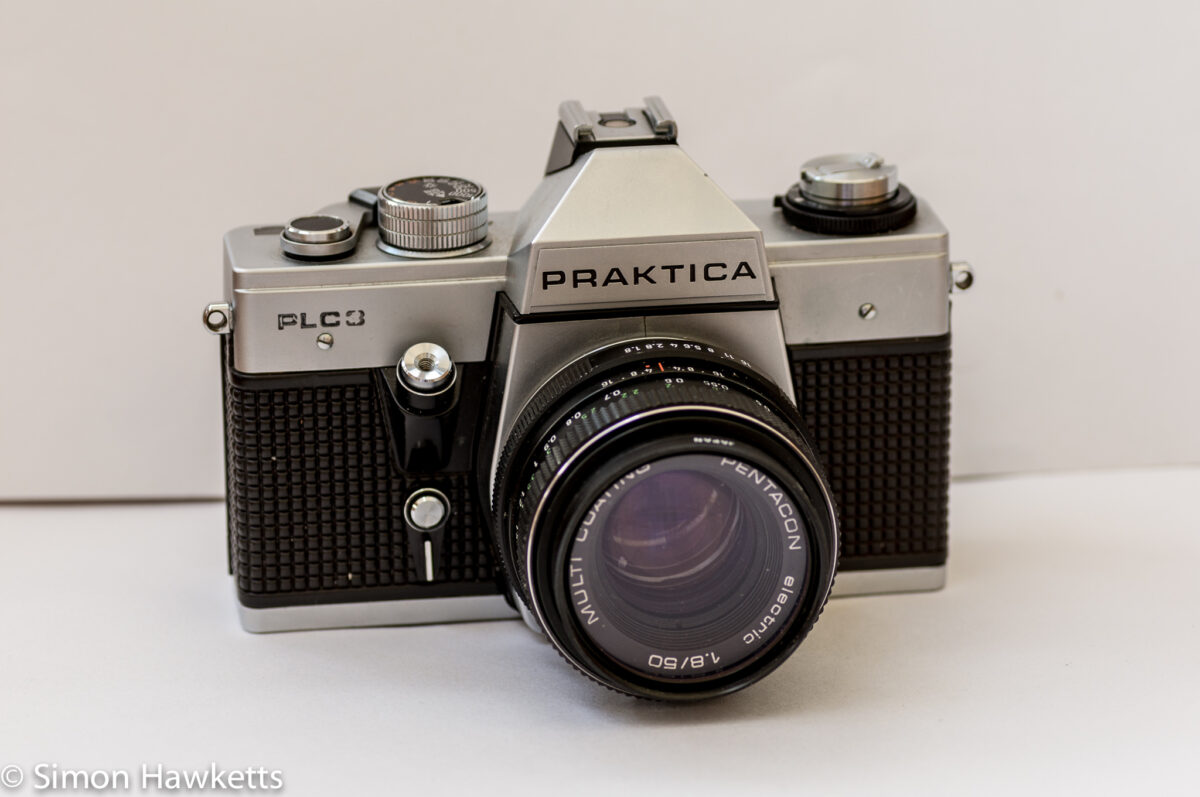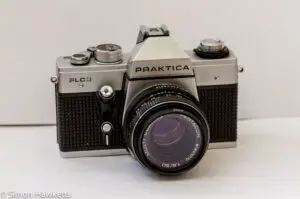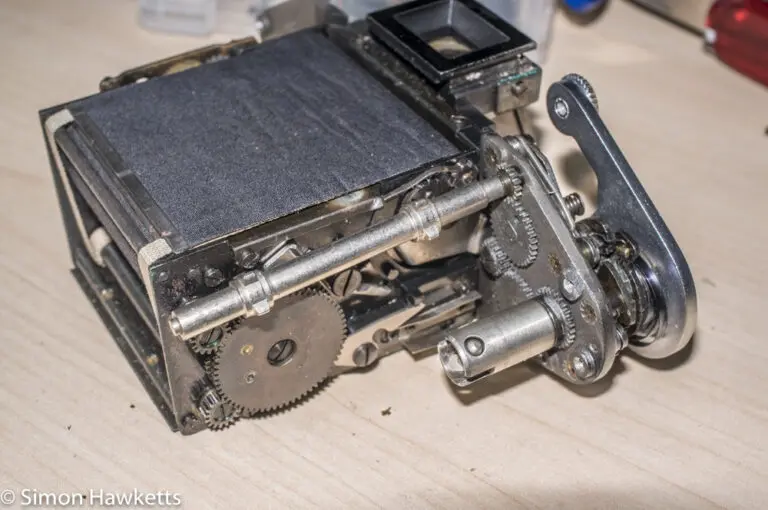Praktica PLC 3 SLR camera
This post describes the Praktica PLC 3 35 mm film camera, which was made by Pentacon in Germany in 1976.
Praktica PLC 3 Images
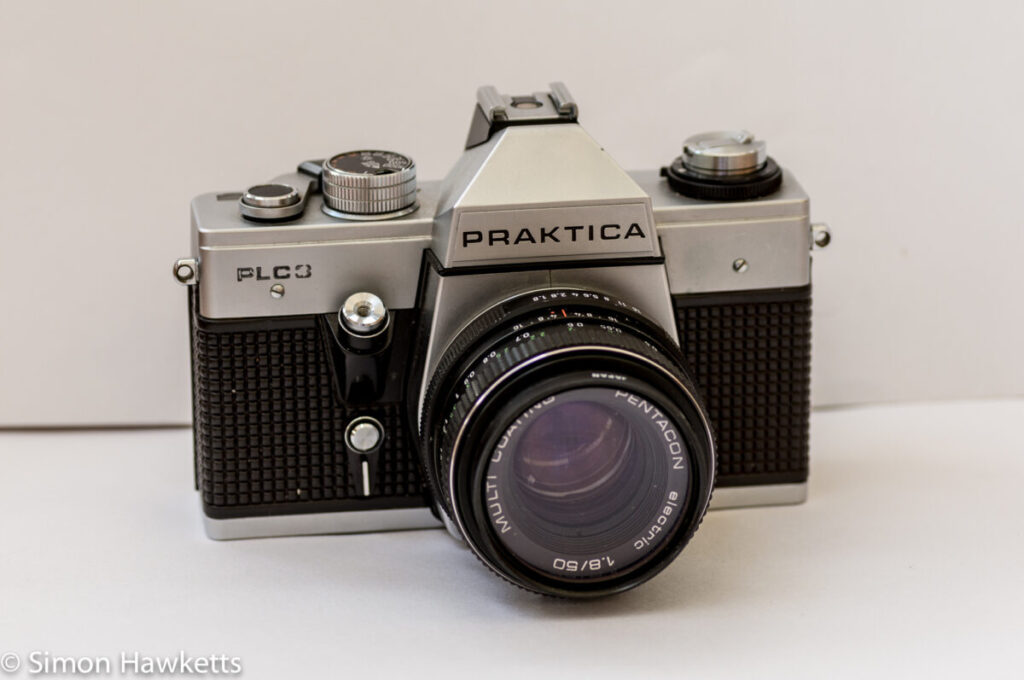
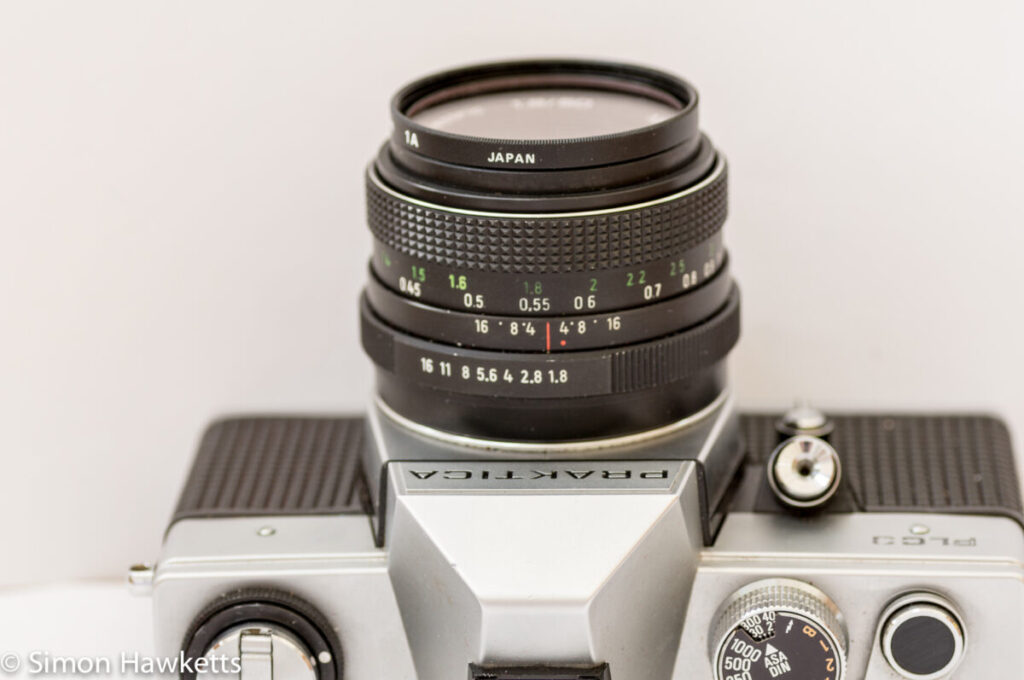
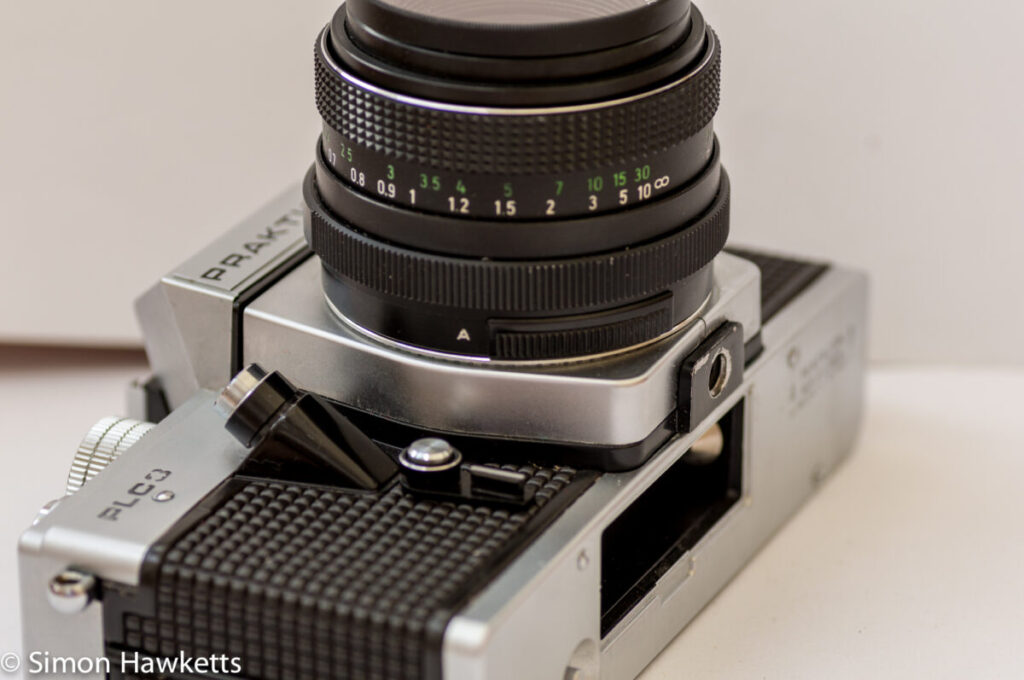
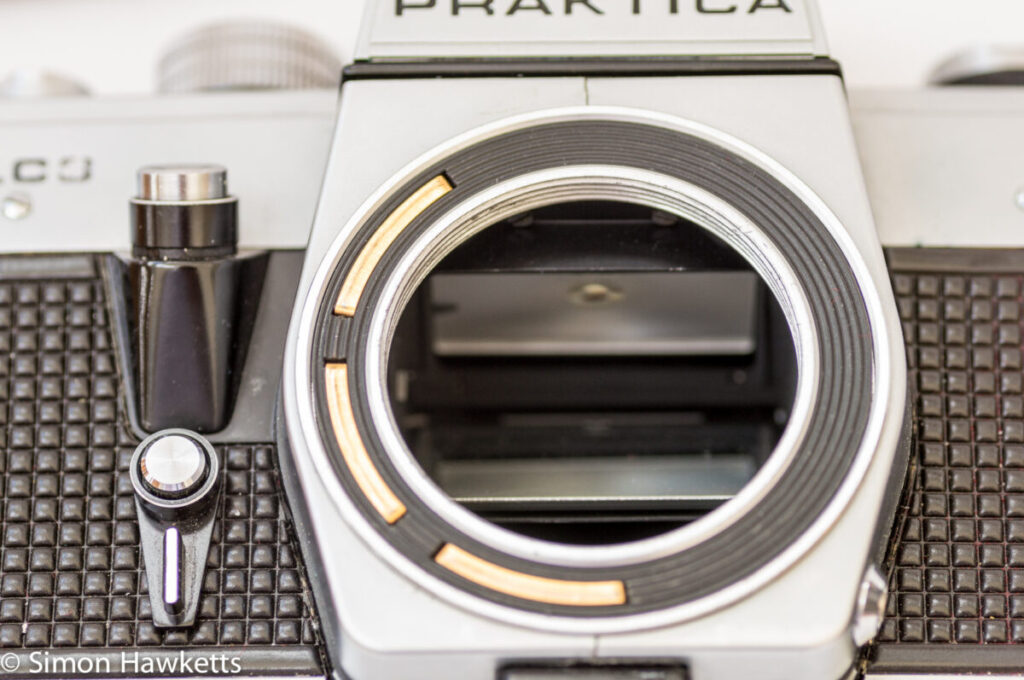
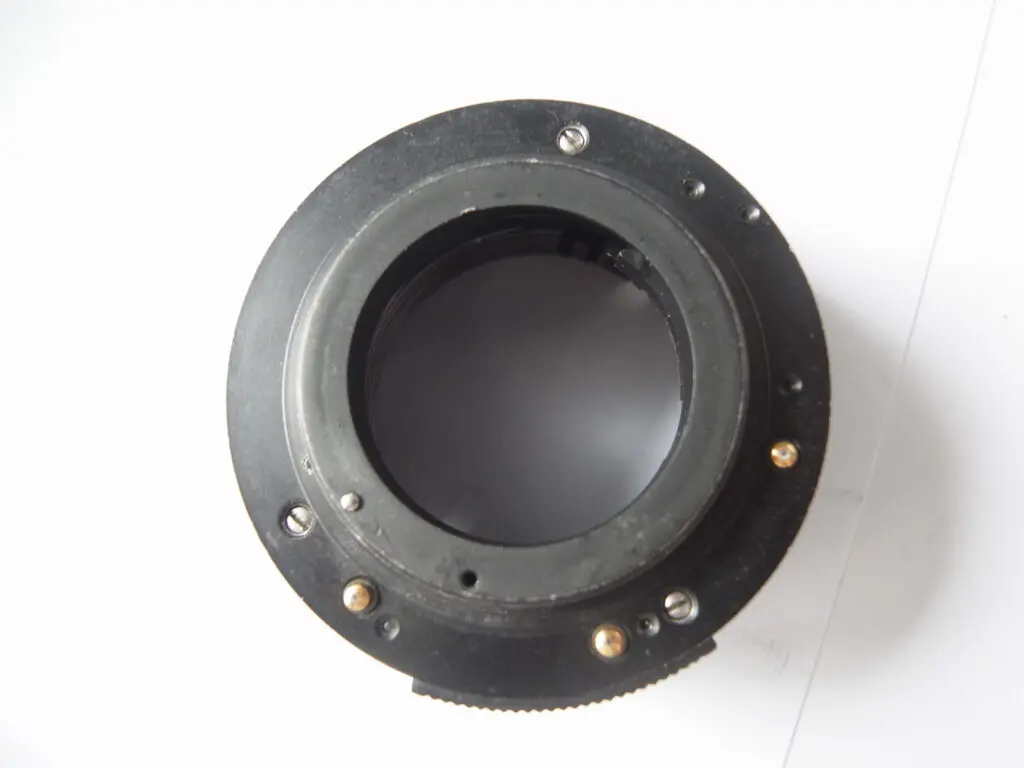
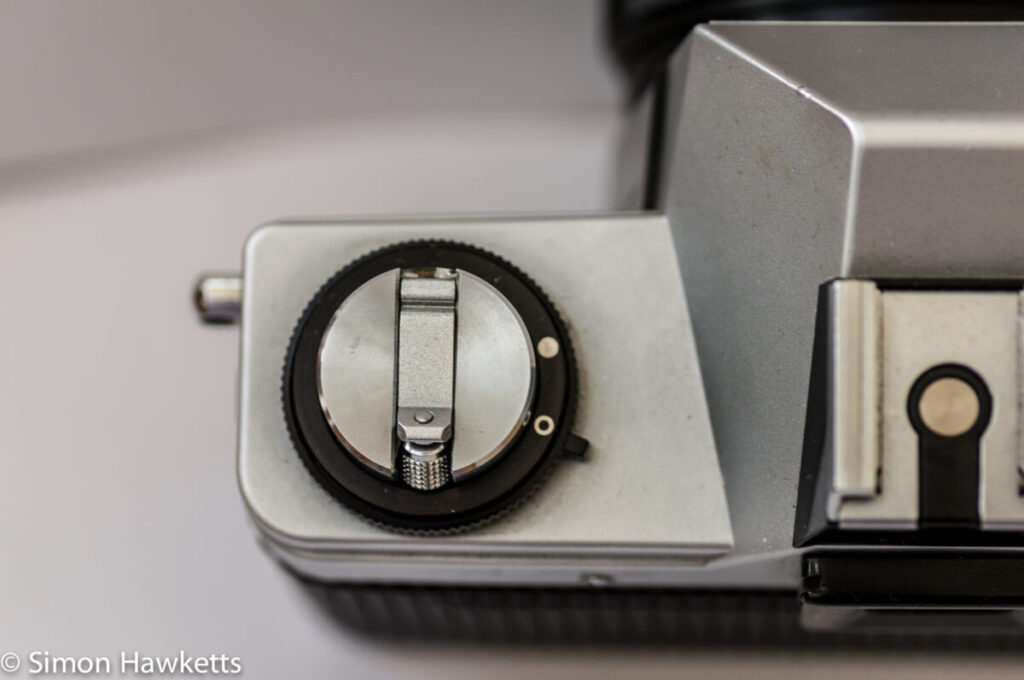
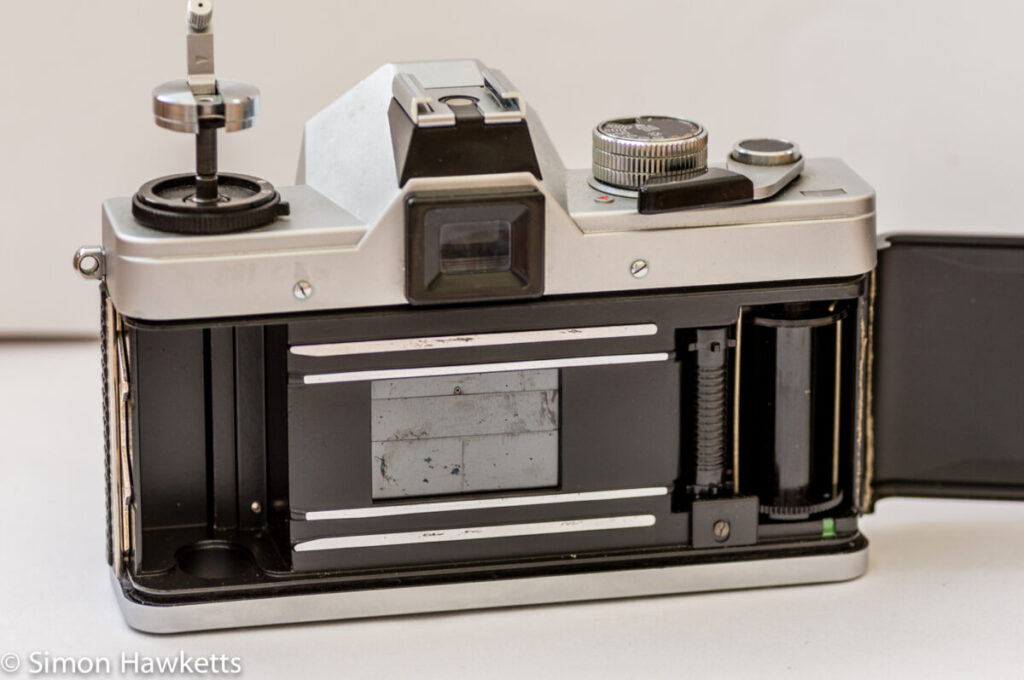
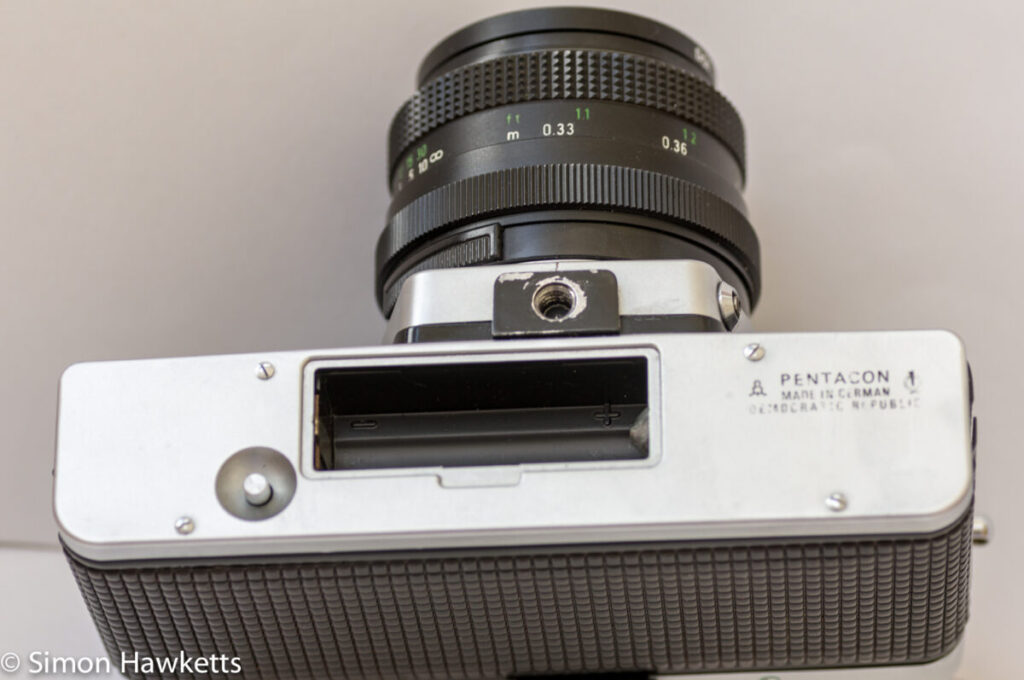
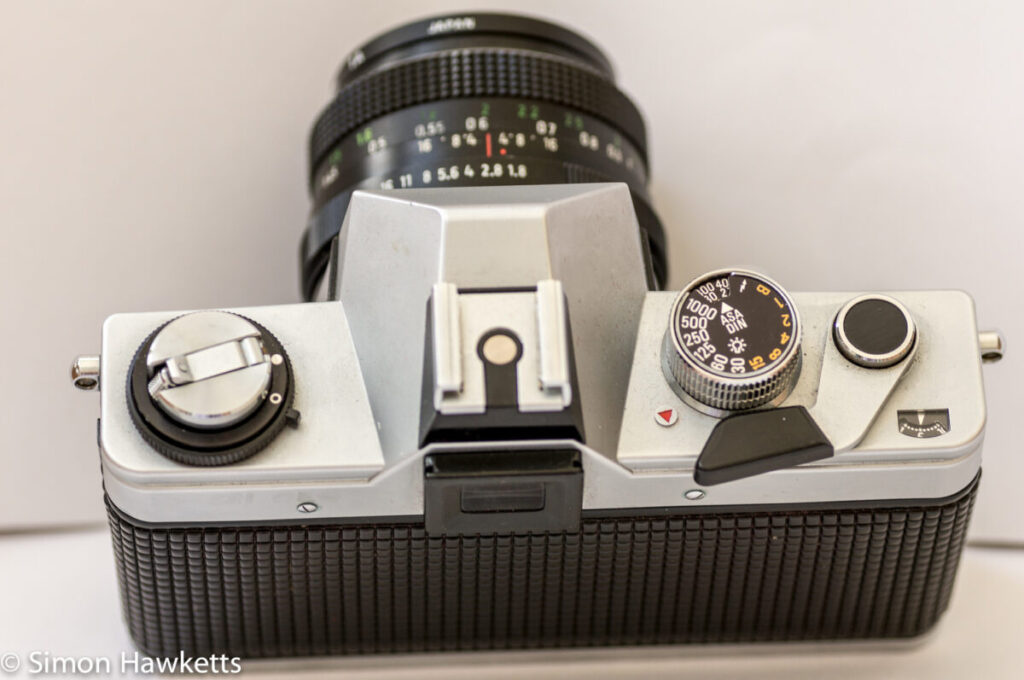
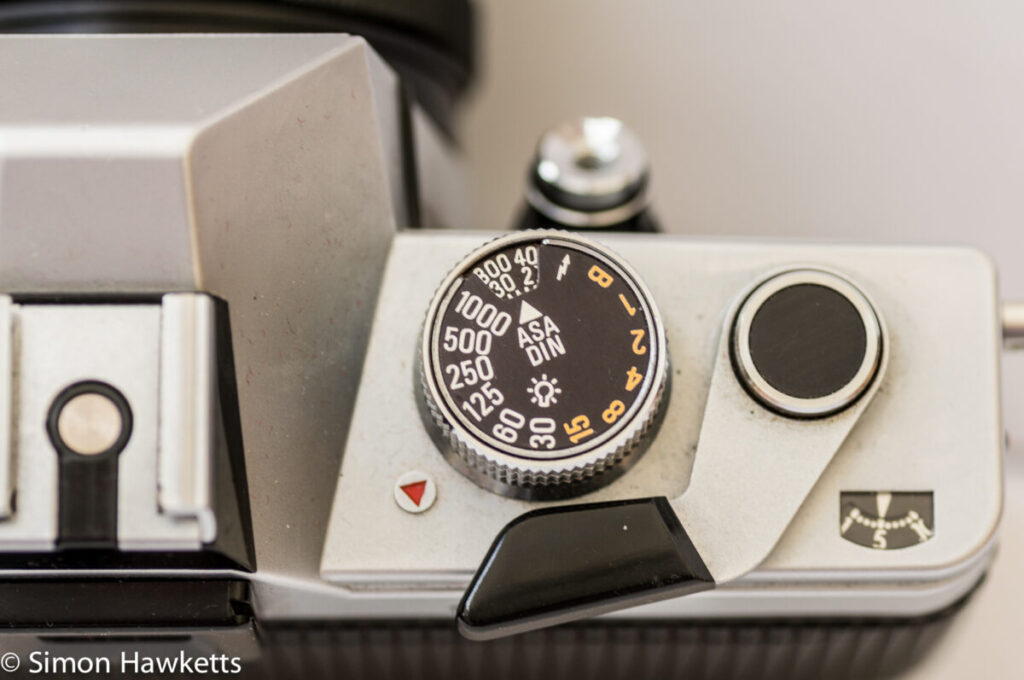
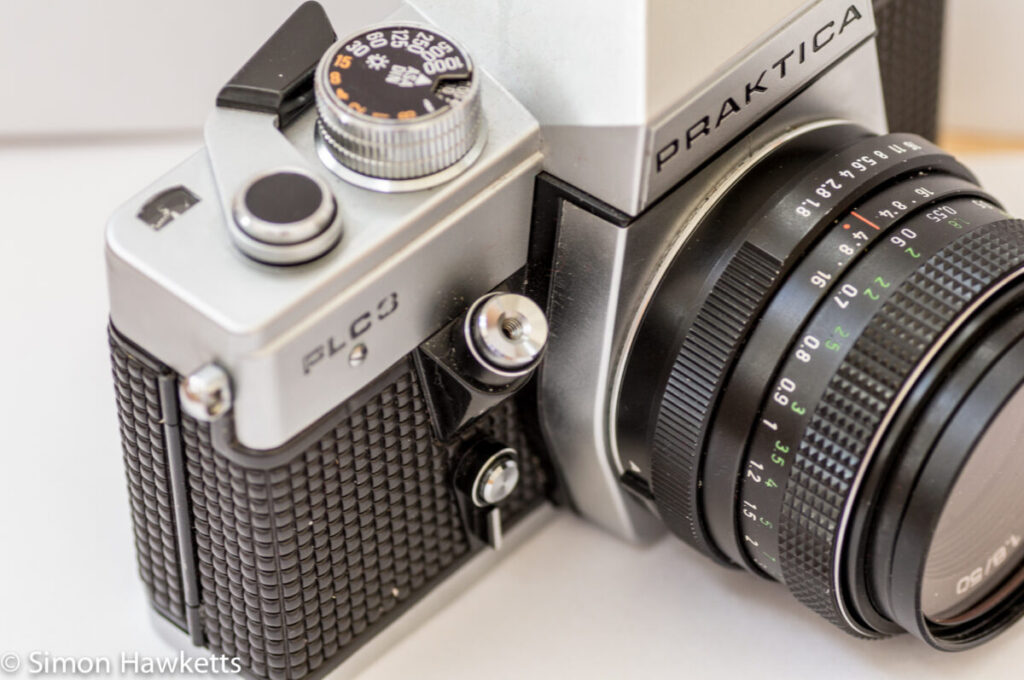
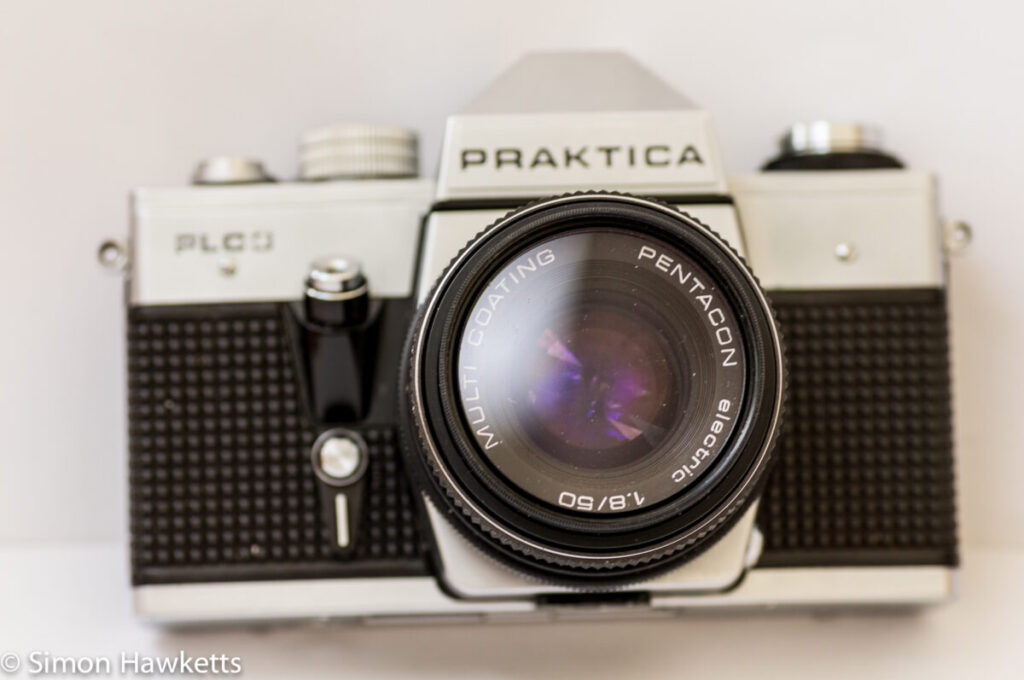
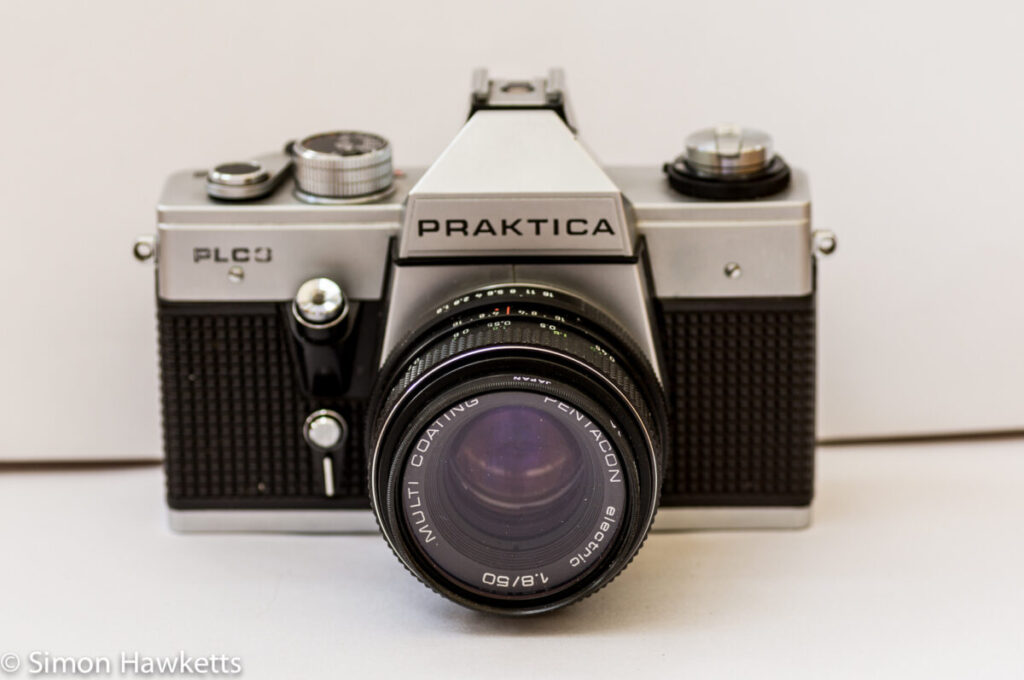
My Praktica PLC 3 camera
I actually have two copies of this camera because I bought one as a ‘spares or repair’ model from eBay just for the lens (a Pentacon electric 50 mm f/1.8), and then I bought one in almost perfect condition a week or so later because I remembered that my brother had a Praktica camera many years ago.
I can’t exactly remember the model he has, although I’m pretty sure it is not a PLC3, but being a bit of a camera collector, and also for nostalgia’s sake, I thought it would be nice to own a good one. (I must phone my Brother up and ask him which model it is, as I’m pretty sure he still has it).
This camera is what I think of as a ‘mechanical’ 35 mm SLR, made sometime between 1978 and early 1983. I think of it as mechanical because there is no motor drive for the film or autofocus mechanism, everything is driven by the photographer. However, the exposure meter system is electrical, powered by a small battery in the bottom of the camera.
I think in their day Praktica were considered a sort of up-market zenith; They weren’t in the same league as a Pentax or a Nikon but better than the soviet cameras. I know I was always envious of my brother’s Praktica when I was trying to take pictures with my Zenith B!
Praktica PLC 3 description
This is a 35 mm film Single Lens Reflex camera with an M42 screw thread lens mount and an electronic exposure control system.
There is a flash hot shoe fitted to the top of the prism housing and a mechanical self-timer mechanism.
The shutter mechanism operates vertically rather than horizontally which is the first time I’ve seen this, although I guess it has to be one or the other, so there must be other cameras which do the same.
My example is fitted with a Pentacon electric 50 mm f/1.8 lens which was the standard lens fitted to the camera, although of course any M42 screw mount lens would work (although in order to work the exposure system the special Pentacon electric lenses need to be used). It’s a fairly light camera to carry around, weighing about as much as my NEX 6, and is the size of nearly all cameras of this vintage and design, so it wouldn’t be too uncomfortable to carry it about all day. The example in the photographs above came with an almost pristine Ever Ready Case and cost me the princely sum of £13.99.
Exposure system
One of the special features of the PLC 3 camera was its exposure system.
The Praktica PLC3 was an advanced camera for it’s time because it has electrical communication between the lens and the camera body so that it is possible to adjust the lens aperture for the exposure meter whilst the actual aperture remains fully open. There are electrical contacts built round the lens mount which make contact with small sprung loaded contacts on the bottom of the lens. Obviously, the camera needs these special lenses for the exposure system to work in the correct way, but it will also work using the normal ‘stop down’ technique using any M42 mount lens.
It’s worth noting that the contacts just carry the information about the aperture the lens is set to, the aperture itself is not electronic and is still closed during the exposure by the small pin protruding through the bottom of the lens when the shutter is fired.
The actual exposure is read in the viewfinder using a small needle which shows on the right-hand side. When the exposure is correct, the needle sits in a small circle and there are + and – signs above and below to indicate under and over exposure. The ‘match needle’ exposure system was fairly common at the time this camera was made, but the electronic communication was not universally used. In use, the aperture could be adjusted without actually stopping the lens down, so the image in the viewfinder remained at full brightness. This of course is common today, but was quite a novelty in the late 1970s.
Viewfinder.
In common with all 35 mm SLR cameras, the viewfinder is quite big and bright (assuming there is a fast lens fitted, which most camera’s of that era had). There is a split image rangefinder in the centre of the viewfinder to assist with focus, which until I had a camera with focus peaking, I thought was the best way to rapidly manually focus a camera.
Because the exposure is set with the aperture fully open, the depth of field shown in the viewfinder is always shown as the shallowest. If you want to see the real depth of field, you would need to switch the lens into ‘manual’ mode.
Another fairly novel feature of the camera is a small black flag which appears on the left-hand edge of the viewfinder when the shutter isn’t cocked. This gives a good indication that the camera won’t fire and probably stopped many missed shots.
Praktica PLC 3 Camera Specs
- 35mm film camera
- Shutter range 1 sec to 1/1000 sec + Bulb
- ISO 12 to 1600
- Self Timer
- Cable shutter release
- Center mounted tripod bush
- M42 lens mount
- Flash sync 1/125 sec
- Mechanical exposure counter
- Metal strap lugs
- Coaxial flash sync socket
- Purchase price in 1980 c £115
- Manual available on-line here
Discover more from Everything Vintage
Subscribe to get the latest posts sent to your email.

